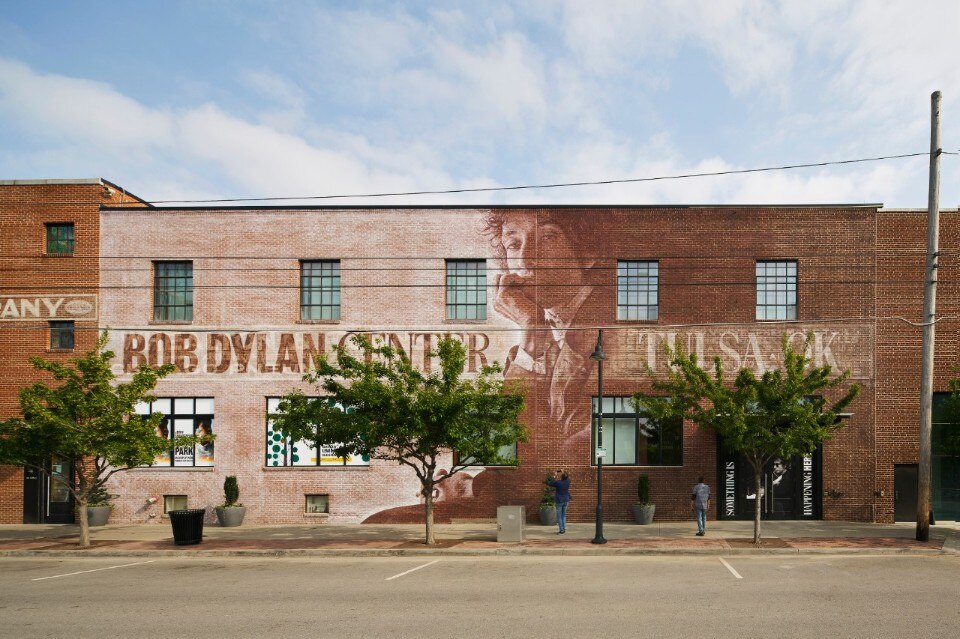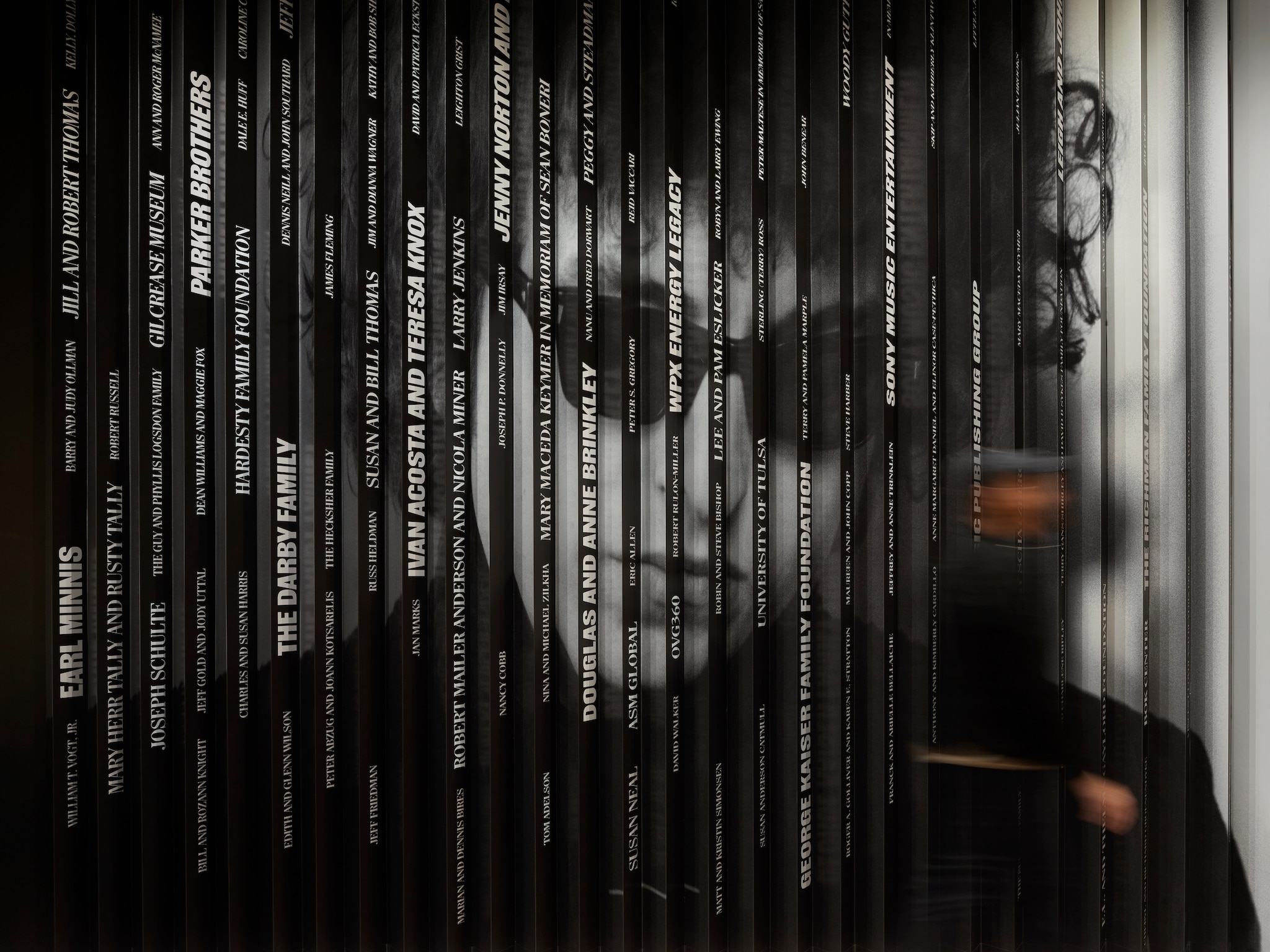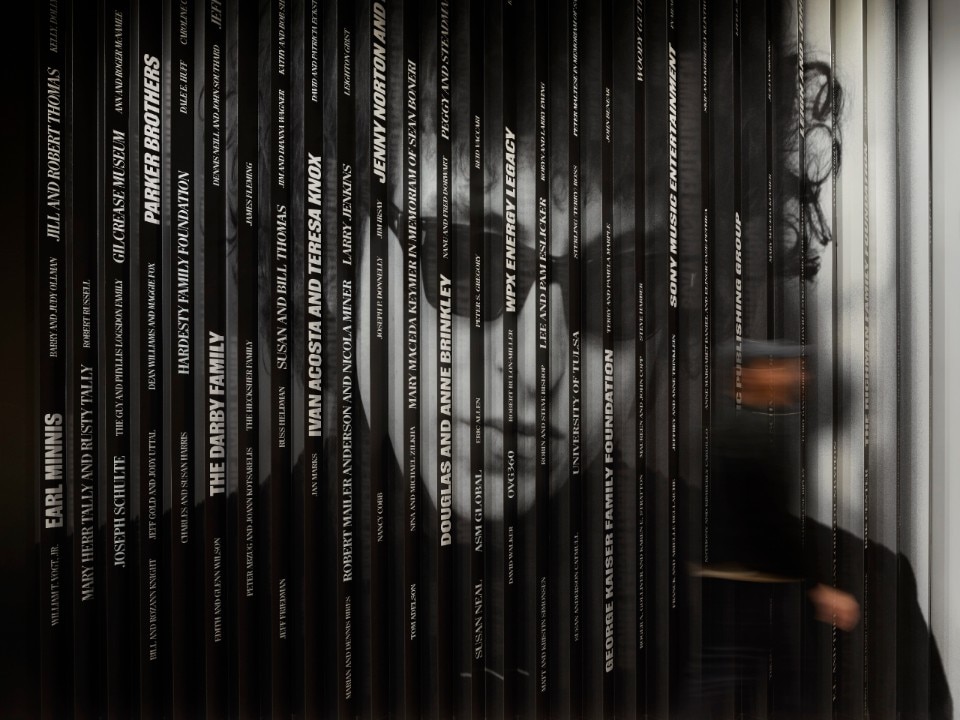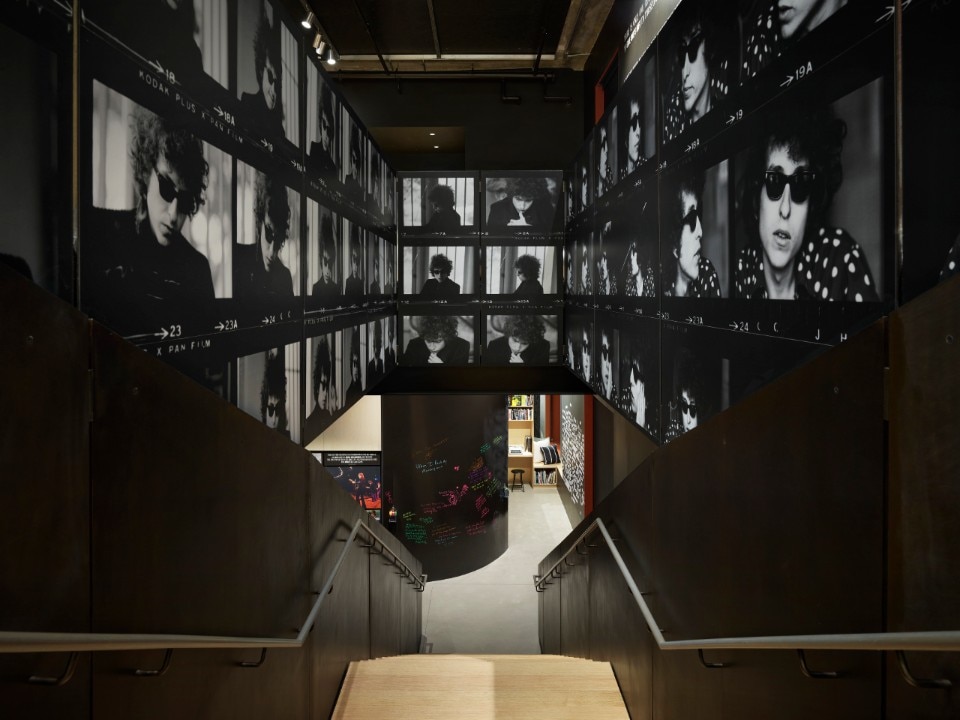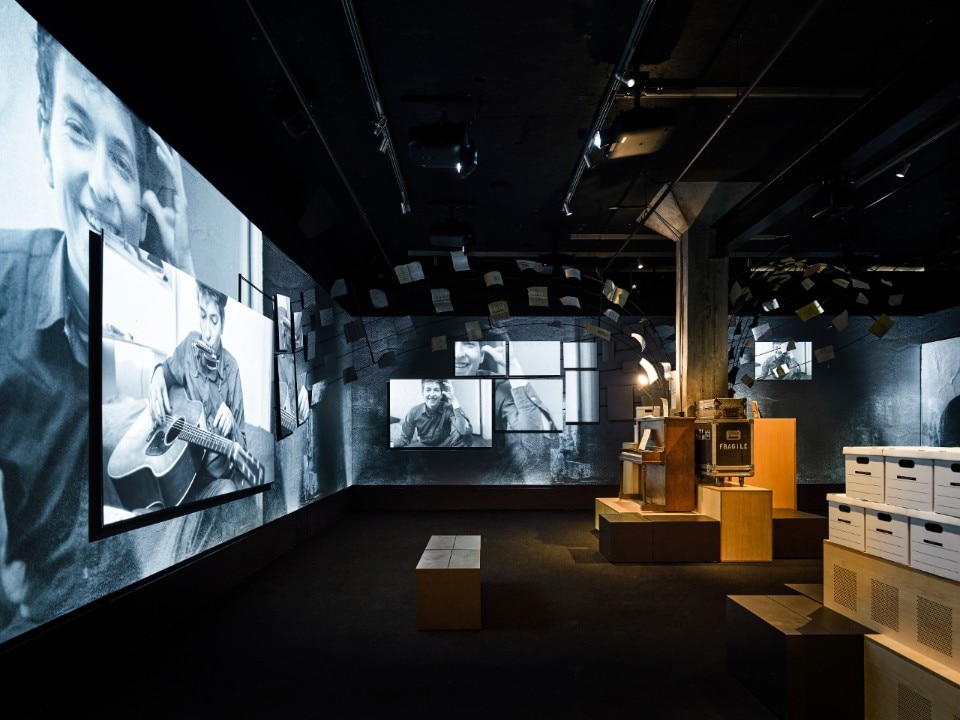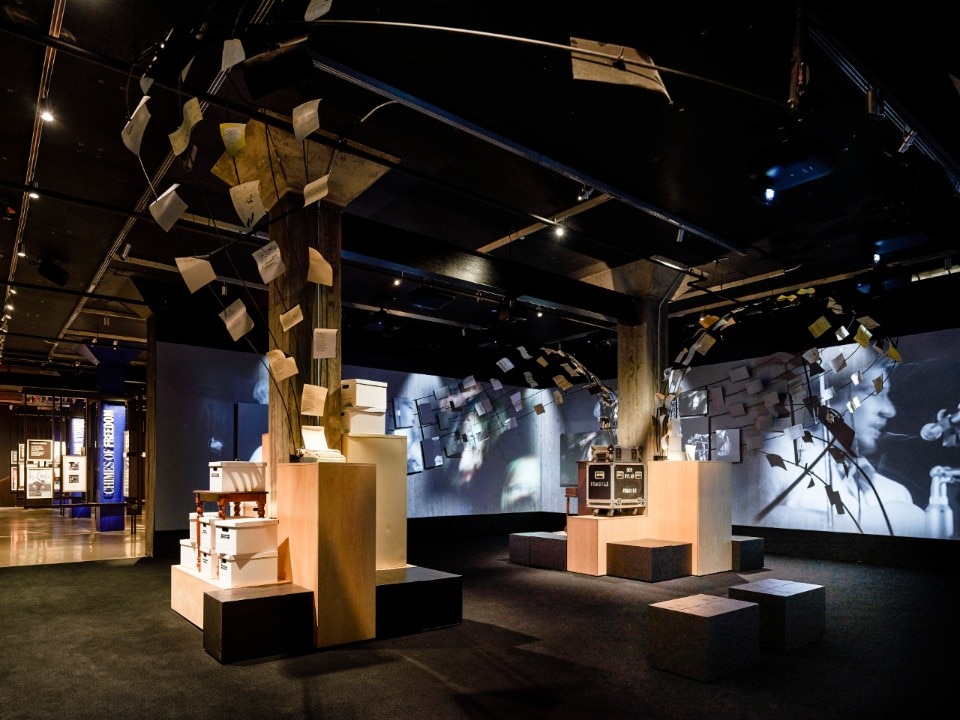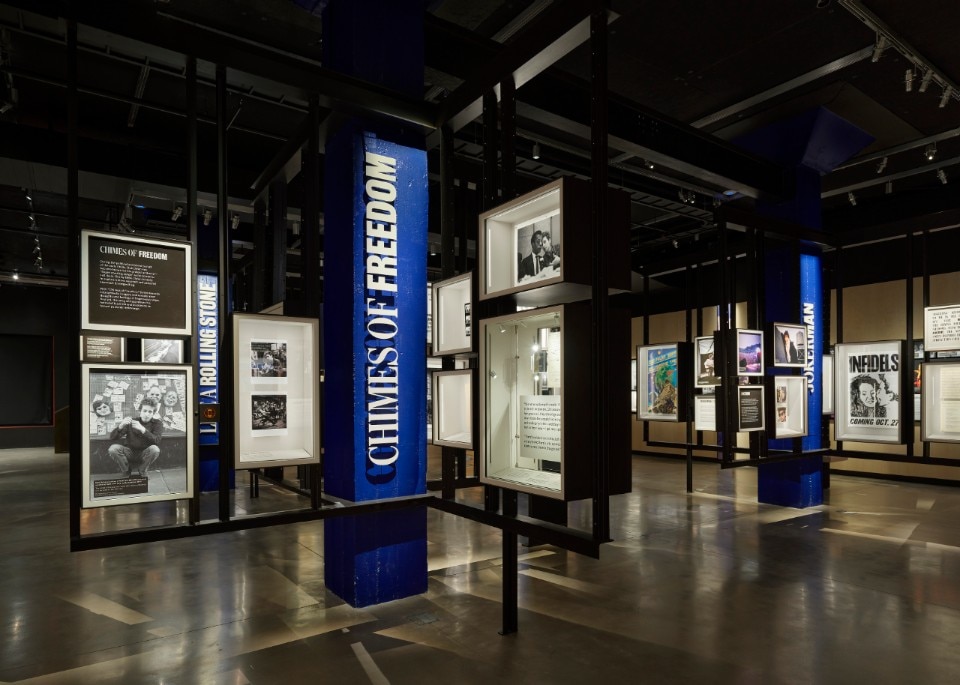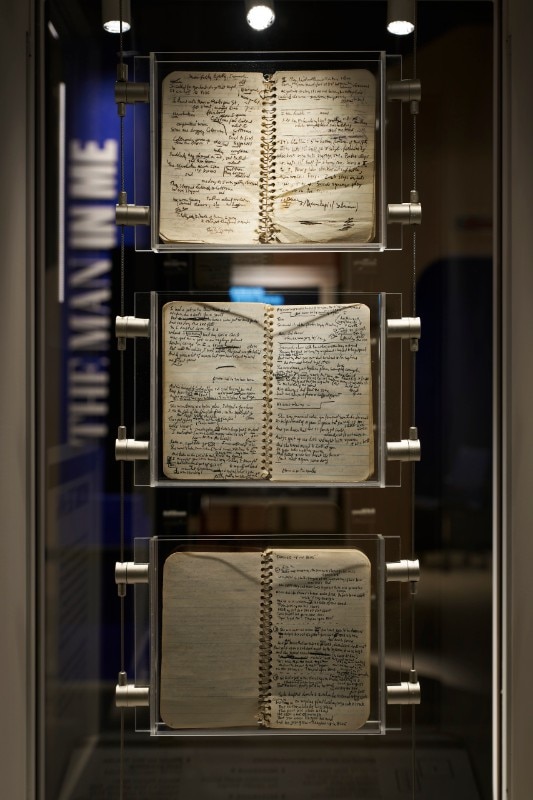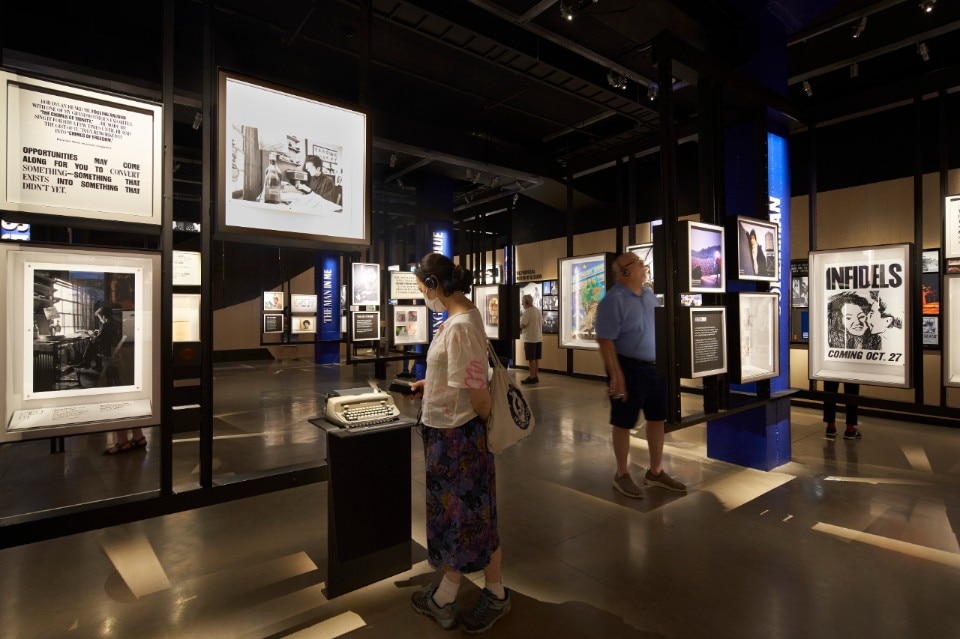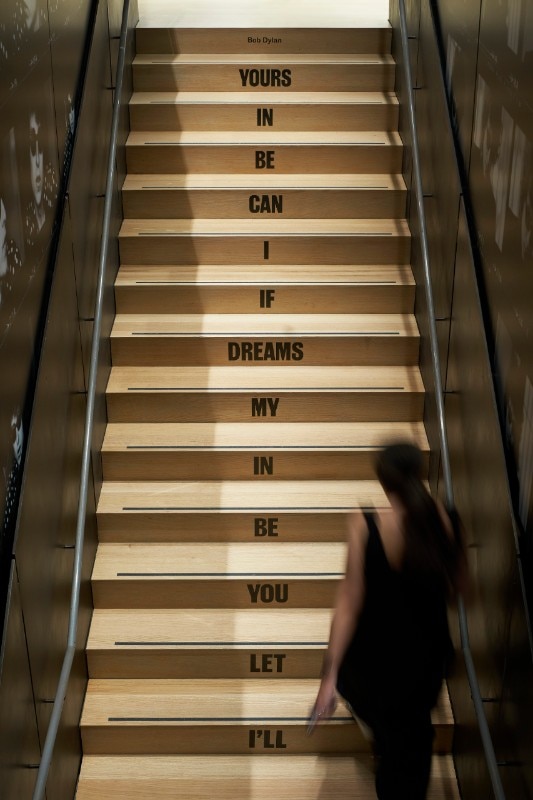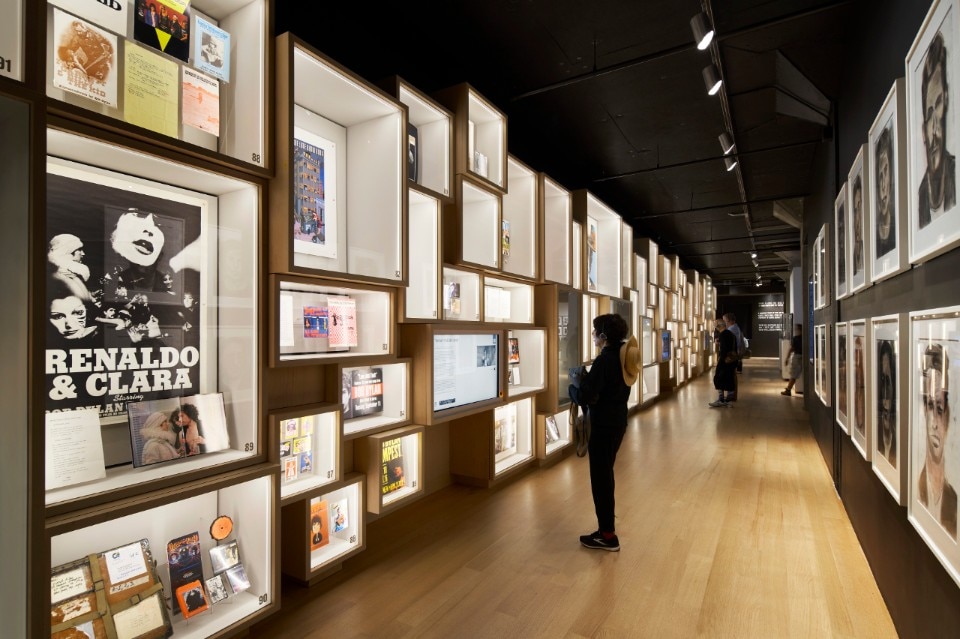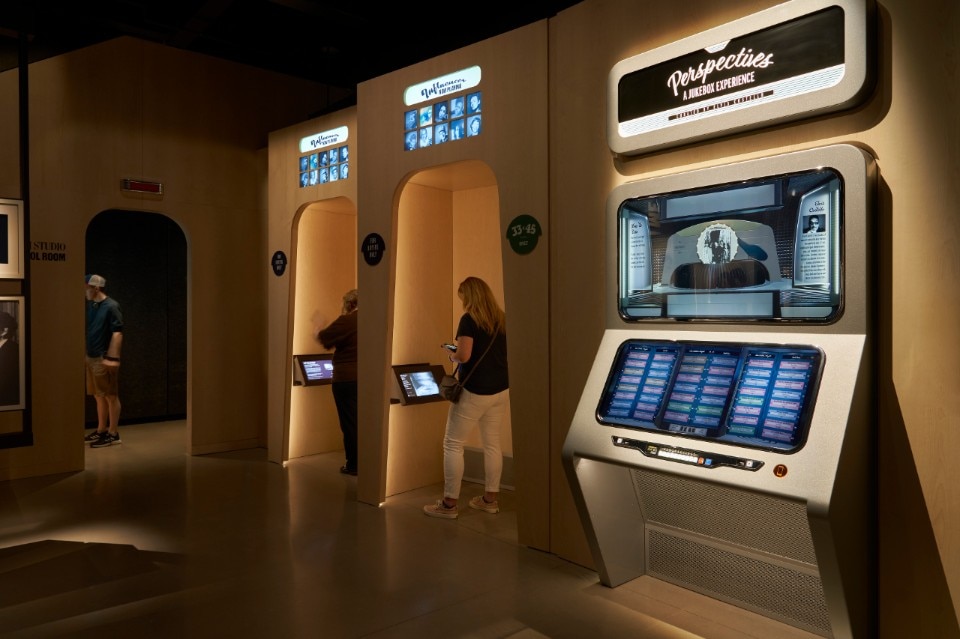In March 1965 Bob Dylan walked on stage at the Newport Folk Festival wearing, for the first time in public, a black leather jacket and a pair of sunglasses. A few minutes later, the troubadour that at the time was considered the child prodigy of American folk, would change his destiny forever, plugging his guitar into an amp and going electric for the first time ever. Although booed by the rather conservative, not to say integralist, audience of the festival, Western music would never be the same since.
"We have that leather jacket, and also a postcard from Pete Seeger [a prominent figure of American folk music] who asked for an axe so that he could cut the wires,” explains Alan Maskin, design principal of architecture studio Olson Kundig and mind behind the birth of the new Bob Dylan Center in Tulsa, Oklahoma.
After five years of planning and construction, their project, which defeated another one hundred submitted from all over the globe, has now become home to a center dedicated to preserving Bob Dylan's vast archive.
A collection of over 100,000 documents, boasting papers, manuscripts, photographs, objects, clothes and tapes that six years ago was acquired by the George Kaiser Family Foundation, for an estimated value that today fetches 20 million Dollars. The initiative is part of the American Song Archives, a project that also includes the Woody Guthrie archive – whose dedicated center was established nearby in 2013 – and that has enriched Tulsa's vibrant arts district with two key locations for the study of American folk music and pop culture.
To welcome the collection – still partly unseen, as Maskin tells us – is a century-old paper factory, with its bricks now enriched by a mural reproducing the silhouette of Dylan as captured by photographer Jerry Schatzberg in a rare 1965 shot.
The involvement of different creatives and personalities from multiple sectors is at the core of the curatorship which takes on a coral and modular dimension, where the constantly updated archive dialogues with temporary exhibitions on specific themes. One of these, Maskin hopes, could be dedicated to the artist's wardrobe – essential for understanding his creative evolution.
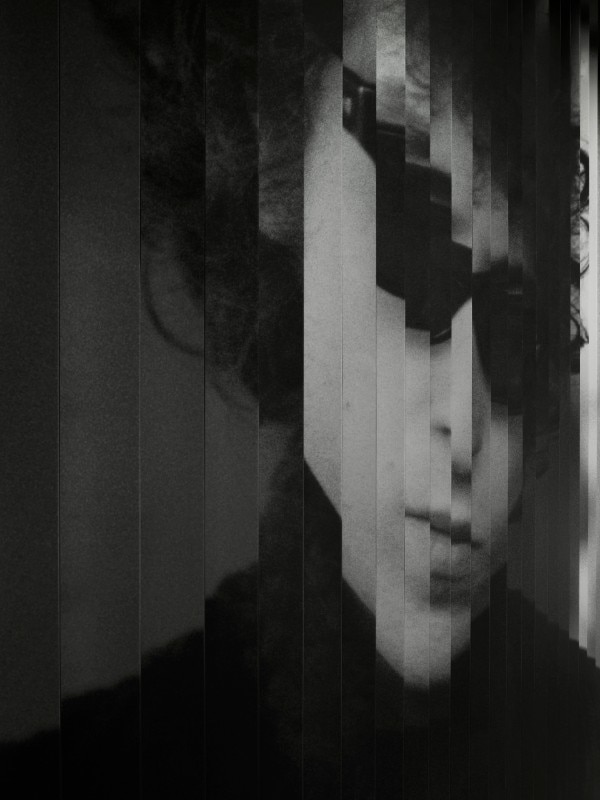
“We wanted to make sure this wasn’t a monument to a rock star, but instead we wanted it to be used to show the creative trajectory made evident by the things he collected over time, so that she could inspire other people. In the film I'm Not There, Todd Haynes used six different actors of different races, genders and age groups portraying the single character of Bob Dylan, as it is well-known that he has always resisted explaining himself and he created falsehoods. The idea that it takes multiple perspectives to capture him, it’s actually the way we wanted to go."
Among these perspectives is that of Elvis Costello who oversaw the selection of the juke-box featuring 152 songs which, on top of those taken from the singer-songwriter's production, come from the body of work of musicians who inspired him or who, in return, were inspired by him. Similarly, the center houses a library with texts that fueled Dylan’s signature writing.
Interactivity is undoubtedly one of the elements that bridges the exhibiting dimension of the building with its archival needs. The space, explains Maskin, was designed for three types of visitors: “skimmers, swimmers and divers”. The latter, Dylan's most dedicated fans, can spend up to more than four hours in the center and, through touch screens, can immerse themselves in the over 90 display cases containing possibly the richest selection of objects collected over the years by the musician. Video projections and the reproduction of a studio environment in which the audience can better understand the troubadour’s approach to recording, then, are the icing on the cake of the mind-blowing space.
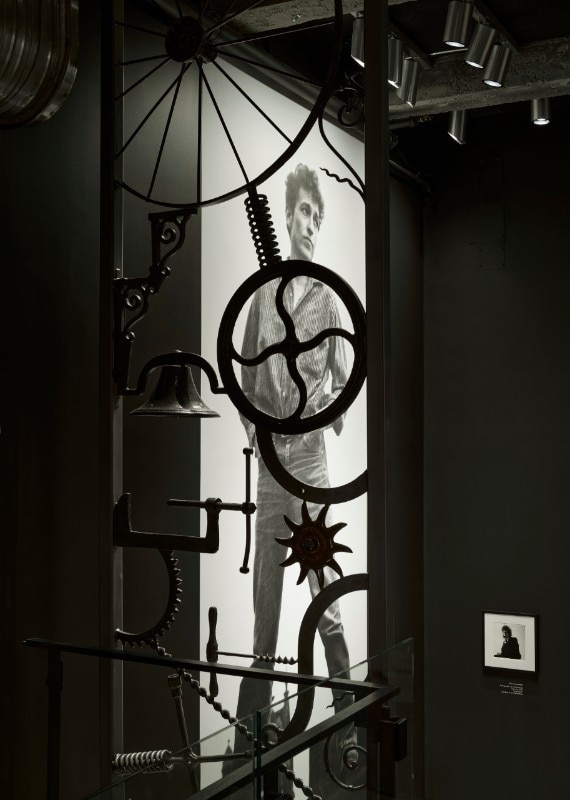
Questioned on whether Dylan was more of a collector or a hoarder, Maskin replies that it is not really known why the singer-songwriter continued to fill boxes with papers and objects for decades, never talking about it to anyone. To the point that opening the archive was like stepping into a time capsule.
"There is a bag containing all the mail and get-well cards written by fans during the year of his motorcycle accident (1966). Many envelopes had never been opened. There’s one letter we found from a Vietnam vet writing that he was in the field, having lost his friends, and the feelings the songs had given him.” According to Maskin, things like these are key to fully understanding the broader and deeper impact of an artist on the culture of his time.
After all, although Dylan is best remembered as a singer-songwriter – comments Maskin – the awarding of the Nobel Prize in Literature and his parallel activities as a painter and film-maker are clear proof of his wider influence on the art world. "Dylan goes on four tours a year and in the meantime he paints up to 100 paintings and works steel and metal. I believe that for creatives he is not just a performer. He has been an inspiration to so many people in the arts realm through multiple decades, as with the Memphis group." Indeed, it was his Stuck inside a mobile with the Memphis blues again to inspire Ettore Sottsass Jr. when naming the disruptive 1980s Milanese design collective.
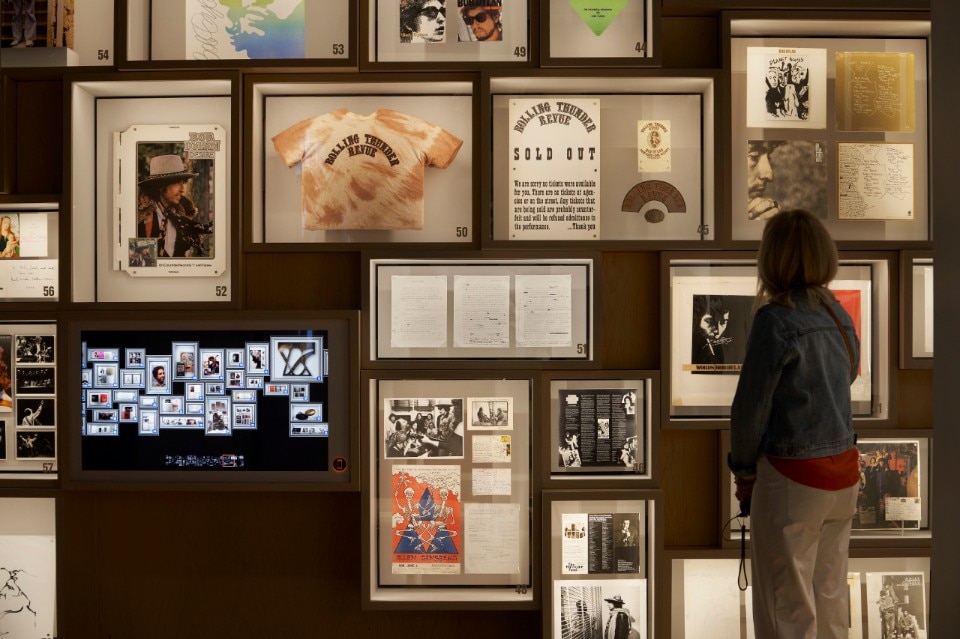
Inaugurated a few weeks ago, the Bob Dylan Center promises to amaze fans of the singer-songwriter for years to come, as already anticipated by the recent rediscovery of the unpublished first ever recording of his classic Don't think twice it's all right, that the archive has now made available for download.
The balance between interactivity and museality therefore seems to have established itself as the most pursued solution in contemporary culture for presenting and enhancing archives – traditionally far from glamorous and rather tucked away – to the eyes of a wider and heterogeneous audience.
Opening image: detail of the interiors of the Bob Dylan Center, Tulsa, Oklahoma. Photo: Matthew Millman.


